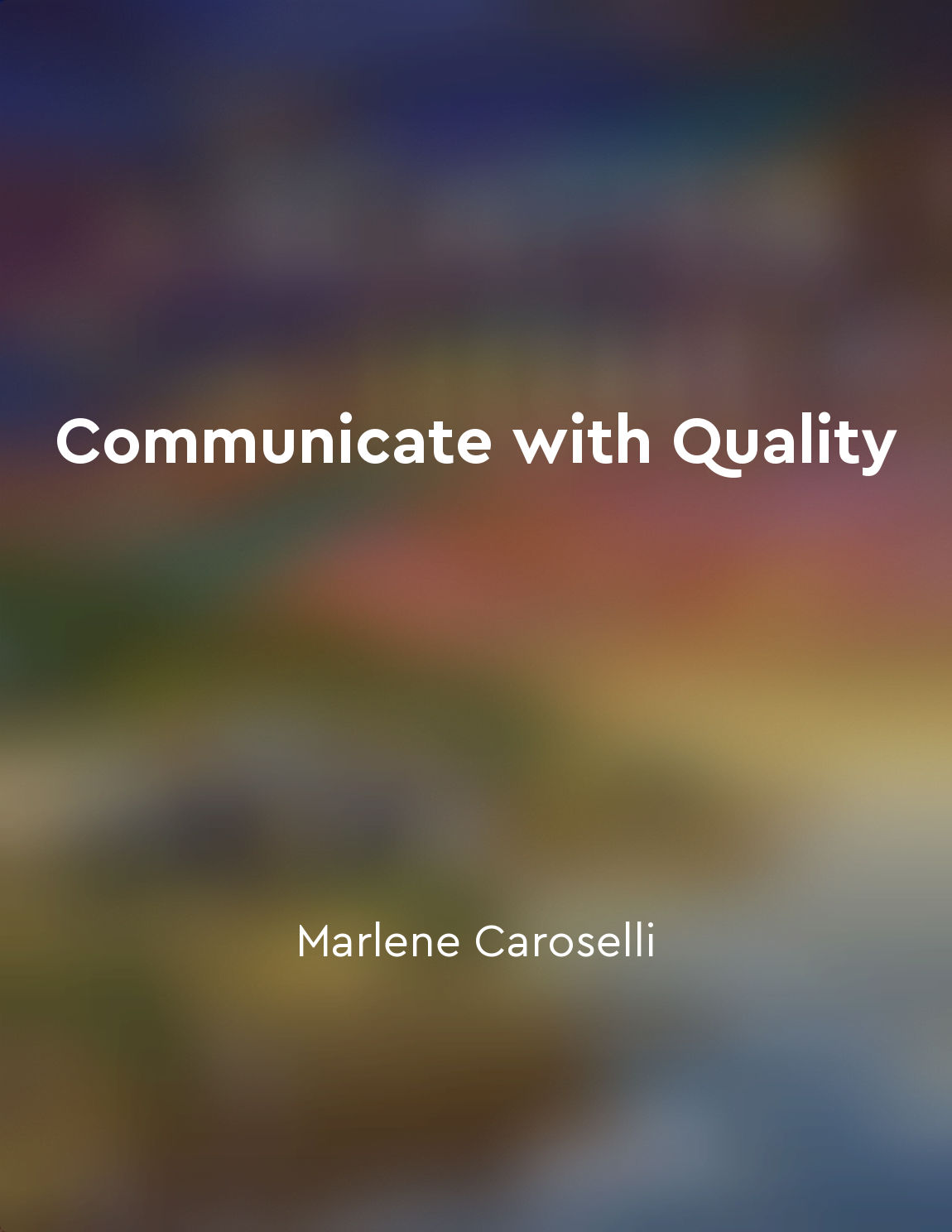Speech acts can have different levels of directness from "summary" of How to Do Things with Words by John Langshaw Austin,J. L. Austin
In the realm of speech acts, it is important to consider the level of directness employed in communication. The degree of directness can vary significantly depending on the context, the relationship between the speaker and the listener, and the desired outcome of the speech act. Direct speech acts are those in which the speaker's meaning is explicitly stated, leaving little room for interpretation. In contrast, indirect speech acts require the listener to infer the speaker's intended meaning based on context, tone, and other subtle cues. When engaging in direct speech acts, the speaker conveys their message clearly and explicitly. For example, when someone says "Please pass the salt," the intended meaning is straightforward and easily understood. There is no ambiguity or room for misinterpretation in this type of direct speech act. On the other hand, indirect speech acts involve a level of subtlety and nuance that can make them more complex to interpret. For instance, if someone were to say "It's cold in here," they may be indirectly requesting that the listener adjust the temperature without explicitly stating so. In this case, the meaning is implied rather than stated outright, requiring the listener to infer the speaker's intention. The level of directness in speech acts can also impact the social dynamics between individuals. Direct speech acts are often associated with assertiveness and clarity, while indirect speech acts can be seen as more polite or diplomatic. Depending on the cultural norms and expectations of a given context, different levels of directness may be perceived as appropriate or effective.- Understanding the nuances of direct and indirect speech acts is essential for effective communication. By recognizing the varying levels of directness in speech, individuals can navigate social interactions with greater sensitivity and clarity. It is through this awareness that one can harness the power of language to achieve their intended goals and foster meaningful connections with others.
Similar Posts
Be open to constructive criticism to grow and improve your communication skills
Constructive criticism is a valuable tool for personal growth and development, especially when it comes to improving communicat...
Take responsibility for your actions and choices
Taking responsibility for our actions and choices is a fundamental principle that underpins personal growth and development. Wh...
Empathy is a key component of effective communication
Empathy is the ability to understand and share the feelings of another. It involves putting oneself in another person's shoes, ...
Reflect on past experiences to learn from mistakes and make better choices
One of the most important aspects of personal development is reflecting on past experiences. By taking time to look back on our...
Continuous practice and improvement are essential for mastering effective communication
To truly master the art of effective communication, one must understand that it is a skill that requires continuous practice an...

Consistency in communication fosters reliability
Consistency in communication fosters reliability. When individuals receive consistent messages from an organization, they begin...

Embracing change allows for growth and innovation
Change is an inevitable part of life and work. It can be a source of stress and uncertainty for many people, but it also presen...
Recognizing nonverbal cues is necessary
Understanding nonverbal cues is a crucial element in the art of persuasion and influence. People communicate not only through w...
Adapt to situational demands
In order to be truly effective in our daily lives, we must learn to be flexible and adapt to the demands of each situation. Thi...
Cultivate a mindset of abundance and possibility
When we talk about cultivating a mindset of abundance and possibility, we are essentially speaking about adopting a perspective...

